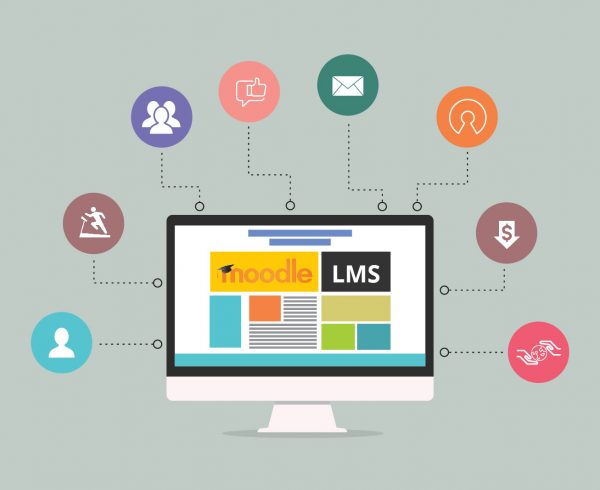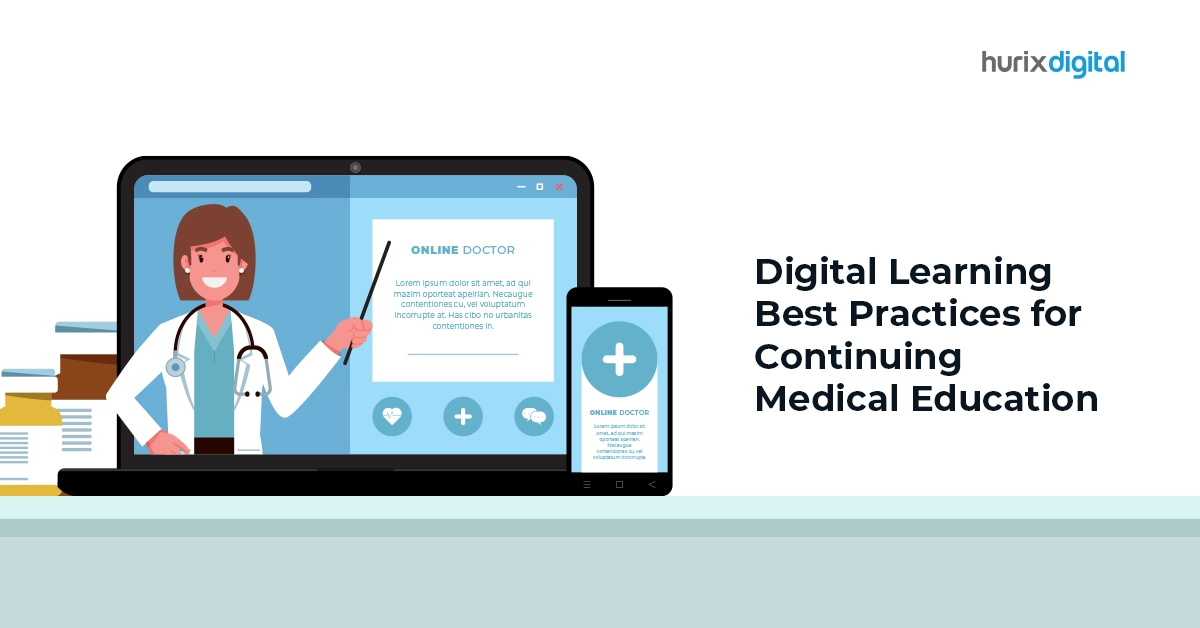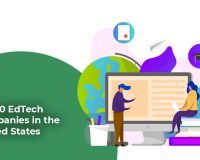What is a Native App?
Native app is a software program developed for use for specific smartphone operating systems, most commonly Android and iOS. Since these apps can use device-specific operating systems, they perform better and faster and are more flexible than alternative app types. If the native app is meant for use in different devices, then the developers will develop various versions of the apps specific to the operating system of each device. For example, Uber app is a native app, available in two different versions, one for the iOS platform and the other for Android.
Building a native app is both time and resource consuming, but the investment pays off in the form of greater user experience which is very crucial if you wish to retain your app users.
Here are some benefits of native apps.
- Performance: These apps offer better performance than web-based or hybrid apps because their components are better optimized.
- User Interface: Since a native app uses device-specific operating system it runs more smoothly, giving a truly native experience which, the user is familiar with.
- Security: These apps are more secure as they don’t depend upon third-party frameworks.
- Access to Hardware: Native apps can take advantage of all the hardware features of the device.
- Access to Developers: It is seen that many developers are focussed more on native apps and so they can solve many problems related to animations or UI.
- Set–Up Cost: It is easy to set up a native app; a hybrid app, on the other hand, needs configuration to an external framework, which is a time-consuming process.
- Stability: Most native apps are backed by Apple (iOS) and Google (Android). Thus, it is highly unlikely that these companies would drop their own operating systems, which in turn, translates into long-term stability for the app.
Native Apps for eLearning
Now that we know what a native app is, let’s now understand how to build a native app for eLearning.
According to Forbes, the eLearning industry is expected to grow to $325 billion by the year 2025 and as more and more people use their mobile devices to access their content, it becomes crystal clear that native eLearning apps are the way forward for corporates, digital publishers and educational institutions to disseminate content to their end users. Taking this into account, many companies are now investing in building their own native apps for eLearning.
As mentioned above, developing native apps is a time and resource consuming process and not an easy endeavour. It requires technical expertise and experience to build the app and then provide post-launch support services.
It is with this in mind, we provide some tips that can help you build a native app for your eLearning requirements.
1. Understand Your Audience: The first and foremost step is to identify your target audience or the end-users who will access your eLearning content through the native app. Questions such as who is your audience and why your audience will use your content will help you understand your future users and set the foundation to build your native app.
2. Understand Why You Wish to Create a Native App: So why do you want a native app? Is it to help elementary school kids with their lessons, help someone learn a foreign language, or provide your employees with critical information to better perform their jobs? Once you know your goals, you will be able to create the technical specifications, along with all necessary tools and features.
3. Choose the Media Formats to Create Your Content: You can format your content to include text, audio, video, graphics, animations and more. Your native app can use any one or a combination of formats to enrich your content. For example, gamification is a great way to capture the attention of young children, while audio may work better for busy professionals on the move. So, it’s important to pick a format that works best for your audience.
4. Make Learning Fun and Smart: The whole point of digital learning is that you can make storytelling more immersive and engaging. We all have our procrastination moments. So, it is important to add elements that will keep learners engaged and motivated. Also, make sure your learners know where they stopped last time and the progress they have made along the way.
5. Create Technical Specifications: Like any other app development project, you need to create your technical specifications document which describes the functions and features of the native app to be developed with the minutest detail possible. In case you don’t have in-house technical expertise, you can approach your native app development company to help you do it.
6. Select Your Developer: This is perhaps one of the most crucial steps in developing a native app. Realize that developing custom app requires money and other resources and so the developer you choose can either make or break your project. You can go by word-of-mouth or search online. Make sure that the native app developer you choose has a proven track record in app development. Also, it is also a good idea to consider developers who specialize in eLearning because they can help you plug loopholes which you have not considered in your technical and other specifications. Also ensure that the terms of engagement are clearly specified. And it’s not all over with the signing of the contract. It is a good idea to keep track of the development process until the release so that there are no untoward surprises later.
7. Test Your Native App After the Launch: Once you launch your native app, make sure to conduct extensive testing by your end users. Have them test the app and provide their feedback. This will allow you to identify any errors or glitches which you can ask your native app developer to address.
Conclusion:
As the eLearning industry and the number of smartphone users grow, native apps have become the new trend to impart learning and training. To take advantage of this new opportunity you must define your learning goals, select the appropriate learning format, create detailed technical specifications, and then choose a native app developer company that can give shape to your vision, provide valuable inputs you may have overlooked, and design a native app in tandem with your eLearning goals. All these steps will help you successfully build a native app for your eLearning needs.
Related: 10 Reasons Why You Should Adopt Mobile Learning Apps











